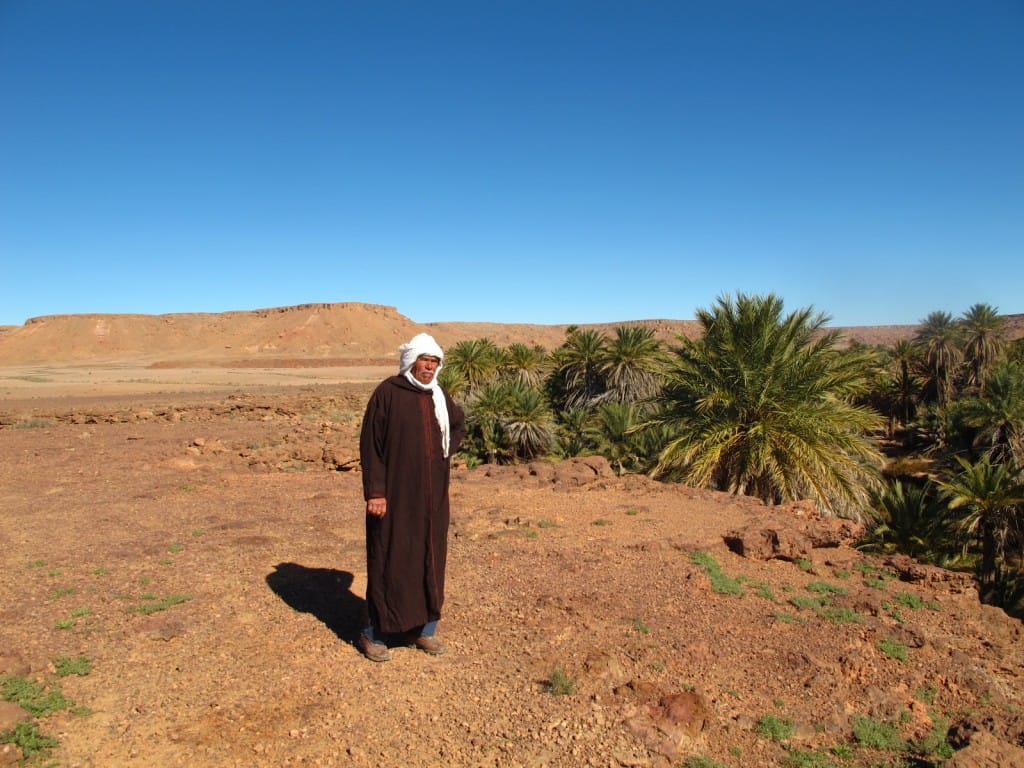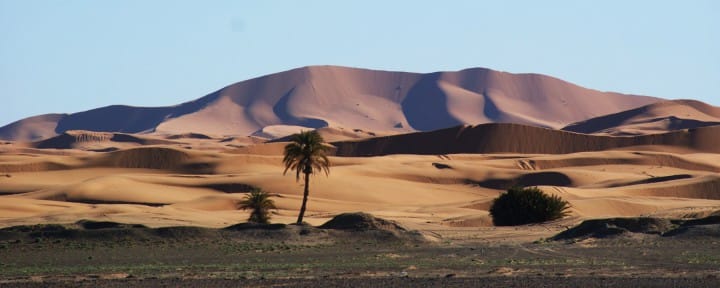Berber in Morocco

In our series of articles about the Berber, the oldest inhabitants of North Africa, we would like to give you an insight into the – since years by women characterized – culture. And during your trip with NOSADE you have the great possibility to get to know the thousands of year-old Berber culture Morocco’s in an authentic and personal way.
Berber & Arabs
Morocco is often portrayed as a country that rather belongs to the Middle East than to North Africa and is mostly classified as an arabic country. But the oldest population of Morocco – the Berber – still count for the majority of the population of the country, not the Arabs.
The Berber represent the majority of the population in Morocco with 80 percent. But linguistically they have been “arabized” to a great extent and the number of Berber, who exclusively speak a Berber Language in the country only amounts to 40 percent. Today many Berber tribes also speak Arabic.
Berber are mainly found in Morocco and Algeria, Tunisia and Libya. Their population is hard to determine. Due to a mixing with the arabic population and the arabization measures of the post-colonial times the language of the Berber has been repressed.
The Berber are not an in itself united ethnic group but consist of many, very different and diverse tribes. During their history they have never formed a national state, but rather have formed their own individual tribes.
The spirit & the freedom of the Berber
The Berber were nomads, loved their freedom and lived in unison with nature. That is what the famous Berber flag also portrays: blue stands for the ocean, green for the nature and the mountains, yellow for the sand from the Sahara. The red stands for „Yaz“ and means „free man, free woman, free people“. (Source:Africa Junior)

Today most of the Berbers are settled. They live in traditionally built clay houses in villages.
There are no single, typical characteristic with whom the Berber culture can be described the best. The opposite is the case: the diversity of the Berber culture has to be experienced by one itself to get a feeling for the spirit, the tradition and the atmosphere that still dominates in Morocco. And even though the Berber have been islaminized more than 1000 years ago, they have managed to preserve their special culture, their mindset and their freedom everywhere.
The position of the women in the Berber culture
Despite the long influence of the Islam, the Berber women have kept their special and high reputation in the society. Berber women are often unveiled or are only veiled expediently as a protection of the sun. Berber women also actively participate in the life of the village. From the beginning on, the education of girls had a very high priority. That is why mostly only Berber women are able to read and write and only they know the special alphabet, named Tifinagh, which goes back to an old Libyan writing. Also, during their partner search they play the active role: they choose their men.

That is why it is no surprise that many famous Berber leaders in the history were women. One of the most outstanding woman was the queen of the Berber: Kahina – a resistance fighter against the Islamic armies.
Learn more about Kahina in our next blog article.






